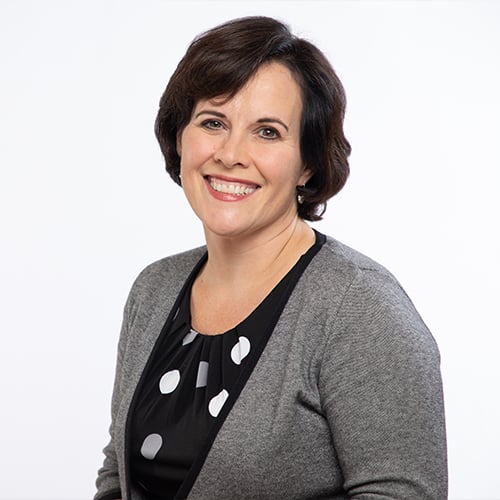A CEO once said to me, “I would like us to have a conversation with one of my new board members.”
“Of course,” I said. “What would you like to talk about?”
“He wants to know what he is going to get from being on my board,” she said. “And I have never had anyone ask me that before!”
The CEO was intrigued.
Change Your Perspective on Boards
Typically, when non-profits are recruiting board members, they discuss the gifts, skills, and experience different volunteers might contribute to the organization. What time, talent, and treasure might they bring?
But what if instead we talk through what the volunteers will get from being on the board? Volunteers typically gain satisfaction from helping a community. They feel good about using their skills toward greater good.
A New Board Job Description
Imagine a reverse job description. Consider one that stresses what board members will receive from being part of your organization.
What would yours say?
Can you address some of the following:
- How are you actively working to create a healthy board community and culture?
- What diversity does the board represent and what will they be able to learn from others’ perspectives and experience?
- How will you optimize board members’ time?
- How might you connect board members to what matters most to them?
- What might you promise in terms of how they might contribute governance and how the board functions?
- How will you engage them in powerful experiences related to seeing and feeling your organization’s impact?
Another CEO shared that after bringing board members to a national fundraising conference, his chair told him what a powerful experience it had been. The board president—who was already a strong leader in his own right—said after serving on the board, “I am becoming a different human being.”
After nine years of service, this volunteer shared with another potential board member how his board work had expanded his view on many things. This experience helped him change and grow as a person in general and become a leader in the community that he never expected.
Wow.
Imagine that.
Getting as Much as They Give
We are sometimes afraid to ask the busiest people to join a board, or to ask them to go beyond the basics of showing up at meetings. We can sometimes hesitate to ask board members to contribute any more of their time.
But what if some volunteers are waiting for you to help them grow as an individual?
What if you can provide gradual and increased leadership responsibility that might shift how they are showing up in the world?
Many organizations today talk about wanting to attract that next generation to their boards. If you create a value proposition for your board—outlining what the organization will give back to volunteers—board service will be that much more compelling.
This is how we bring in new members from diverse backgrounds and perspectives. It's not always about asking them to do more for us. It's about what we can do with and for them.

Every nonprofit leader will face a time when even the best plans don't work out. When that happens, working harder isn't necessarily the answer. It might be time for a reset. This summer, we'll be sharing stories and ideas to regroup, reimagine, reinvigorate... and reset!

